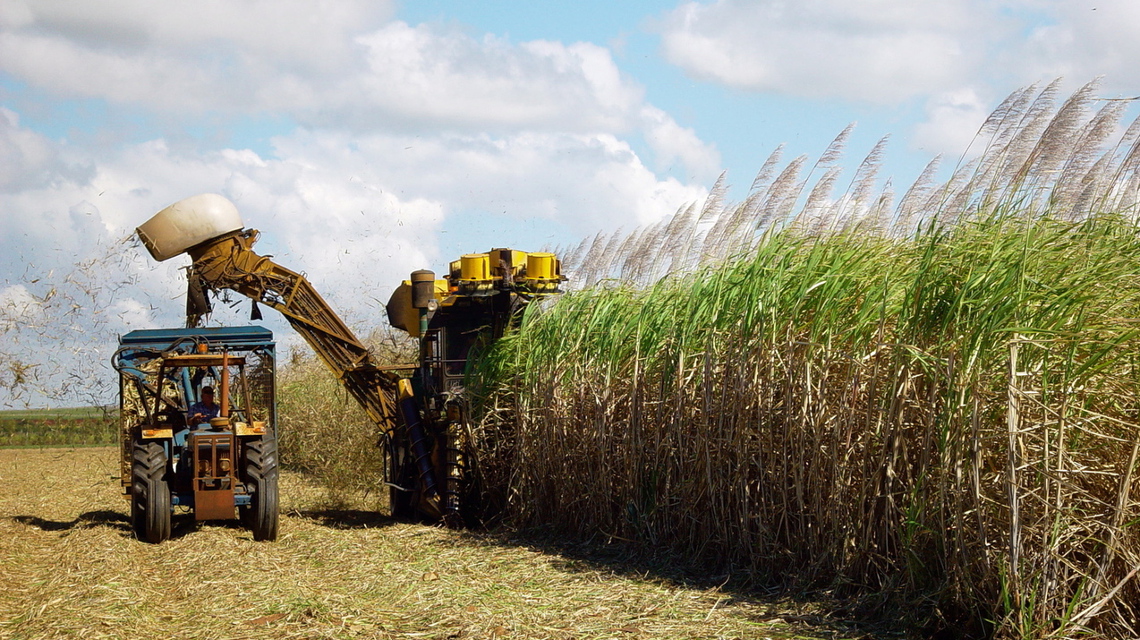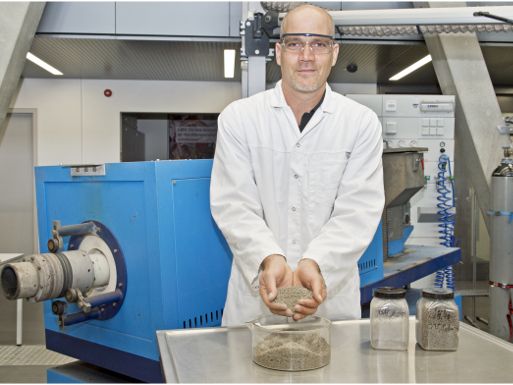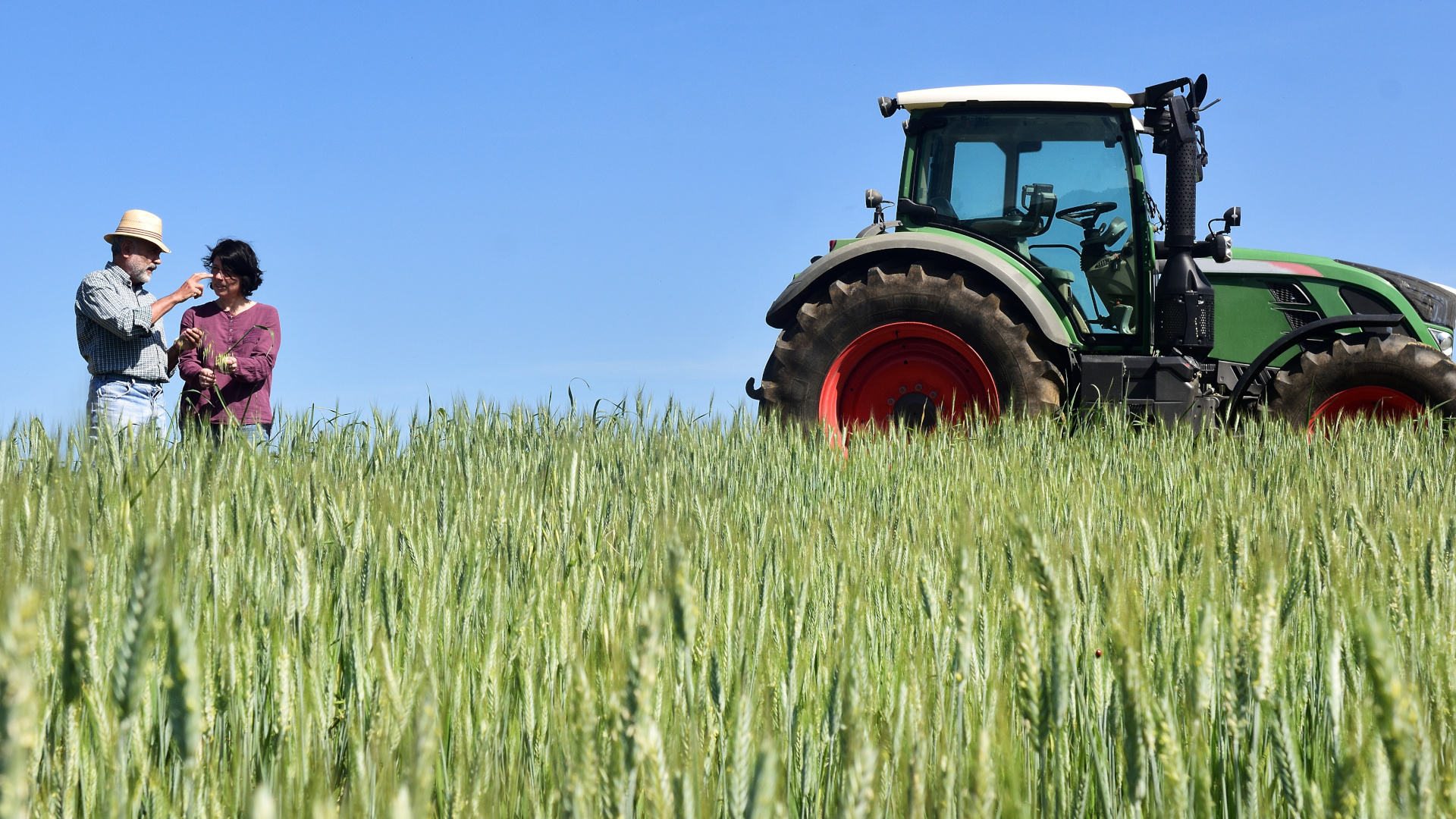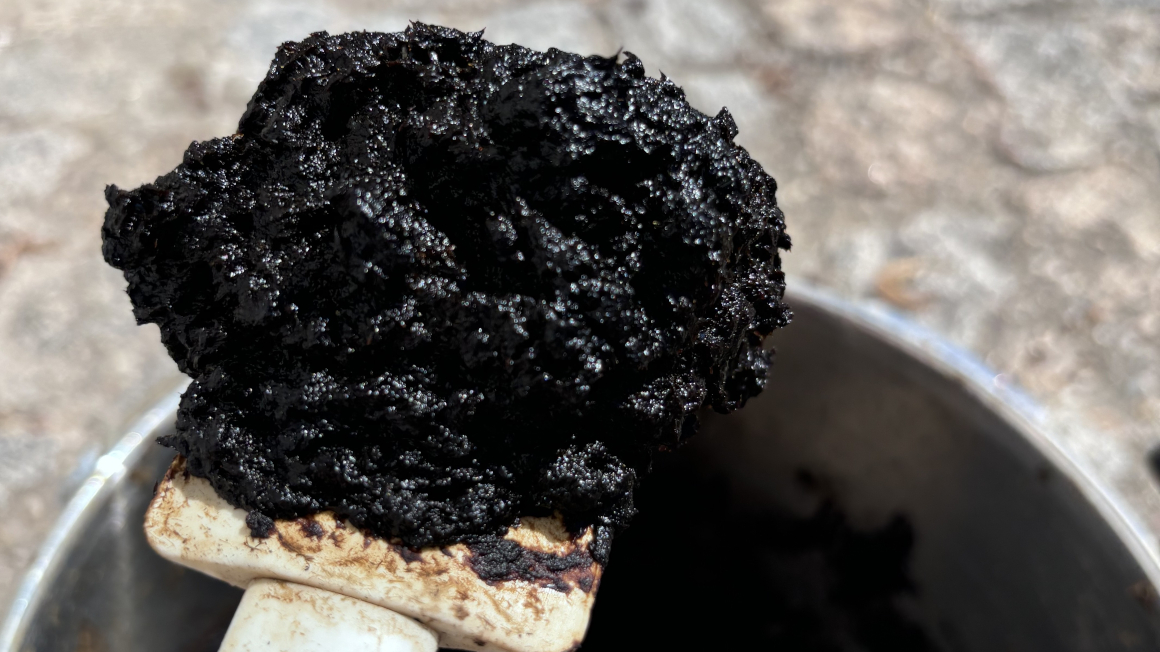
Along with soya and corn, sugar cane is one of the most important crops in Brazil. It is used to produce not only sugar but also biofuels such as ethanol. However, processing produces enormous amounts of bagasse - fibrous remains - which up to now were not used efficiently. Instead, the lignocellulosic residual material is burnt in inefficient incinerators and usually disposed of in landfills or scattered on fields. But ash is more than just burned biomass. It contains nutrients such as phosphorus, which are essential for plant growth. A German-Brazilian research consortium had set itself the task of optimizing the thermal utilization process with a view to the sustainable use of bagasse ash in order to produce high-quality fertilizers and biopolymers.
The "ASHES" project was coordinated by the Fraunhofer Institute for Environmental, Safety and Energy Technology UMSICHT and funded by the German Federal Ministry of Education and Research (BMBF) with 2 million euros from 2015 to 2018 as part of the "Bioeconomy International" funding measure. A total of eight German and four Brazilian partners from research and industry were involved in the project.
Making nutrients in the ashes available to plants
A team led by Christian Adam from the Federal Institute for Materials Research and Testing (BAM) in Berlin concentrated on the nutrients in the ashes. "We looked at which nutrients are contained in the bagasse ashes and how they can be made available to plants. In the project consortium, investigations were carried out to optimize the energetic utilisation, i.e. the combustion of the residual materials from sugar production, and appropriate technologies were developed to process the resulting ashes into fertilizers."
Increasing the phosphorus content of the ashes
The researchers had to overcome several hurdles to solve the problem: On the one hand, many nutrients are being lost during sugar cane processing, so that their proportion in the bagasse ashes is low and therefore not suitable for fertilizers. This affects phosphorus, in particular. The solution: "Here we have looked at which animals or plants were produced close to the sugar cane factories in Brazil. This way, other phosphorus-rich material flows such as chicken excrement or liquid manure can be burned with the bagasse, thus increasing the phosphorus content."
Christian Adam presents the fertilizer pellets made from bagasse.

The second tough problem was the phosphates, which first had to be made available to the plants. "These are compounds that are so robust that the plant cannot access them," explains Adam. The BAM researchers modified a thermochemical process they had developed for the bagasse ashes that has already proven its effectiveness in phosphorus recycling from sewage sludge.
Optimization of the thermochemical process
"The thermal treatment takes place in the rotary kiln at 900 degrees. In it, the hot bagasse ash reacts with additives such as sodium and potassium compounds, which we add. These are then incorporated into the ashes so plants can get to the substances." By introducing sodium-potassium compounds into the bagasse ash, Adam and his team were able to crack the robust structure of the phosphates and make the nutrients available to the plants.
Bagasse ash with bioavailable phosphorus
In this way, the researchers have succeeded in producing bioavailable phosphorus contents in bagasse ash from sugar cane processing residues - phosphorus suitable for fertilizers. These come in round or rod-shaped pellets, which can also compete with conventional fertilizers in terms of shelf life and abrasion. However, the nutrient compounds in the new ash fertilizer from bagasse have another advantage: they are accessible to the plant but are not water-soluble and therefore cannot be washed out. In this form, they cannot be absorbed as easily by other minerals in the soil such as iron or aluminium.
Water-insoluble nutrients remain in the soil
The water-insoluble variant, in particular, appears to have many advantages. Adam and his team are currently investigating this in a new project together with Brazilian and Australian partners. "This is called the next-generation fertilizer concept. This means that the fertilizer releases the nutrients in sync with the plant's requirements," explains the researcher. As the phosphorus stays in the soil longer, it is not only longer available for plants, it can also be used via the plant roots as needed. The follow-up project called CLOOP, which is supported by the BMBF as part of the "Bioökonomie International" funding measure, aims primarily to investigate the duration of plant availability of water-insoluble nutrients.
Projekt ASHES
Project Coordinator:
Fraunhofer UMSICHT
Project partners
German partners:
Karlsruhe Institute of Technology (KIT); Federal Institute for Materials Research and Testing (BAM), Fraunhofer IGB; Research Centre Jülich; CUTEC Institutes, Clausthaler Umwelttechnik-Institut GmbH; Tecnaro GmbH; Outotec GmbH
Brazilian partners:
CNPEM, Brazilian Center for Research in Energy and Materials; IFG, Federal Institute of Goiás Campus Goiânia; LANAGRO/MAPA, Laboratório Nacional Agropecuário / Ministério da Agricultura, Pecuária e Abastecimento; UFG, Universidade Federal de Goiás, Escola de Agronomia e Engenharia de Alimentos, Goiânia, Goiás
According to Adam, it is still uncertain to what extent the new thermochemical process for producing fertilizer from bagasse ash will actually be used in Brazil. The construction of a corresponding modern incineration plant with post-treatment of the ashes using the BAM method would be a major investment. In Germany, the process can be used to treat sewage sludge ashes with the aim of producing phosphorus fertilizers. The incineration of straw containing potassium with subsequent use of the ash as potassium fertilizer could also be used in Germany.
Bioplastic pellets for plant shells
In addition, the ASHES project has demonstrated that biopolymers can also be produced from bagasse ash. Responsible in the consortium was Tecnaro GmbH. The company in Ilsfeld specializes in the development of bioplastic pellets from renewable raw materials. "Tecnaro used the ashes as filler and developed a product portfolio of biodegradable plastics for plant trays. When the bio-plastic decomposes, ash particles and nutrients are also released," explains Adam.
Author: Beatrix Boldt


